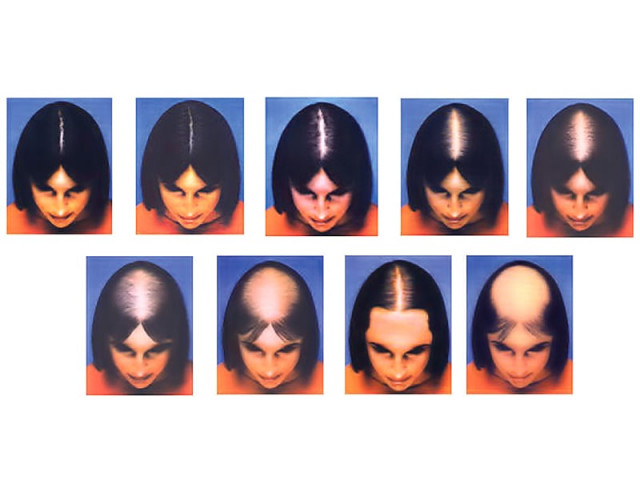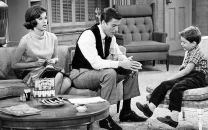Hair-styling or hair menace?
Some hair styles can cause alopecia: a hair disorder leading to bald patches.

There is a four o’clock high-tea with your friends and you are rushing to the hair salon to tame your not-so-perfect hair. Within an hour, they are straighter, shinier and neater. Such are the wonders of hair straightening. There is a mehendi tomorrow and you want to look different so you decide to curl your hair. Your seven-year-old daughter has long hair that you diligently tie back every morning in a tight, high ponytail that defies gravity and remains in place throughout the day. These are common occurrences that show that looking beautiful is important for a woman and hair is an essential part of that process. But are these hair styles healthy and safe in the long run?
In recent years, traction alopecia has become a growing phenomenon amongst women.
Alopecia is a growing problem that is frequently overlooked before it becomes embarrassingly obvious. A few simple measures of prevention are much better than having to resort to serious treatment later on or even an irreversible case of alopecia. At the end of the day, you do want to go the extra mile to look good but isn’t it more important to have healthy, evenly growing hair than well-styled but damaged hair? Be wary of that potential menace on top: the occasional new bald patch that becomes all-the-more hard to cover.
The authors are involved in a project called Scholars by Profession which intends to pioneer introducing graduate-level research to Pakistan. They can be reached at facebook.com/scholarsbyprofession.
What?
Alopecia is a hair loss condition in which the pulling of hair results in patches of baldness. The most obvious symptom of traction alopecia is hair loss around the temple or the front of the scalp. Less common symptoms are headaches and, in extreme cases, actual scars on the scalp.
Why?
Alopecia may be caused by hair-styling techniques that exert tension on hair; if continued for an extended period, it can result in permanent and irreversible cases of alopecia. Here are some causes:
• Tight ponytails, braids and stiff buns
• Regular straightening or perming of hair
• The use of brush rollers and bobby pins, used commonly for curling
• The excessive treatment of hair with harsh products such as dyes and bleaches Chemicals in such hair products weaken keratin, a protein present in hair, making hair more vulnerable and susceptible to falling easily when brushed or combed
• Sleeping with rollers in hair. This may cause injury to hair follicles and can result in midline patchy alopecia: a widening of the midline of hair which can become permanent if the use of such rollers is not discontinued
Prevention and Treatment:
• Go easy on your hair!
• Stop wearing your hair in a style which exerts tension on hair.
• Loosen that pony tail or braid, open that tight bun and use a simple clip instead to tie back hair
• Reserve the straightening for only rare, special occasions
• Once diagnosed, avoid using any chemical products on your hair
• In extreme cases, treatment is through the use of stimulant hair tonics or antibiotics, at the prescription of a dermatologist
Published In The Express Tribune, June 27th, 2012.



















COMMENTS
Comments are moderated and generally will be posted if they are on-topic and not abusive.
For more information, please see our Comments FAQ